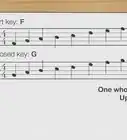This article was co-authored by Nate Savage. Nate Savage is a professional guitarist with over 16 years of experience teaching guitar to students around the world. His YouTube channel, Guitareo, has over 450,000 subscribers.
wikiHow marks an article as reader-approved once it receives enough positive feedback. In this case, 81% of readers who voted found the article helpful, earning it our reader-approved status.
This article has been viewed 349,238 times.
This article will provide you with an introduction to building guitar chord progressions for a song. If you have learned 15–20 basic chords, then you may have noticed that some sound better together than others. The question therefore is, “Which ones?”
Steps
-
1Use the major or minor scale in whatever key your prefer to find potential chords for your progression. The C-Major scale, for example, contains the following notes in the following order: C, D, E, F, G, A, B, C. This means that the following chords can all be a part of a song in C-major, so you can (and should) use them to create a chord progression in the key of C.[1]
-
2Use Roman numerals to number the chords in your major scale, allowing you to make easy progressions. In this fashion, a pattern in any key can be represented “generically.” For example -- a common chord progression is I-IV-V. This just means that, no matter your key, you hit the 1st note/chord in the major scale, then the 4th, then the 5th.[2]
- For example: In C-major, the I is a C, the IV is an F, and the V is a G.
Advertisement -
3Kick off your song with the root, or chord that matches your key. The I chord is called the root or tonic chord. It forms the base to which the other chords in a progression relate. Many books and other websites go into great detail about music theory, and there are many terms that you should ultimately learn and understand, but basic chord progressions always start with this "tonic."[3]
-
4Learn common chord progressions to get used to the flow of songs. The first, the fourth, and the fifth (I – IV – V) are chords that sound good together in a progression for most genres of music. So, for the example in the Key of E-major, your thumb (I) would be E, your ring finger (IV) would be A, and your pinky (V) would be B. In time, you will learn these “chord sets”, but for now you should feel free to experiment. Other common progressions include:[4]
- I-V-vi-IV -- here, the sixth chord (vi) is played as a minor chord. This is why it is lowercase. It is sometimes switched up (in the chorus, or bridge) to vi–IV–I–V.
- vi-V-IV-V -- Great over many genres.
- The 12-bar blues.
- ii-V-I -- here, the IV chord is replaced by its submediant, ii. The ii chord is a very commonly used replacement for IV. ii-V-I also makes the foundation for descending fifths.(iii-vi-ii-V-I)
-
5Change the type of chord (minor, blues, minor seventh chords, etc.) to change the feel of the song without changing chord progression. When playing the blues, the V chord is often played as a 7th. Sadder songs often use minor chords. You can adjust the type of chord while still following the root notes in your chord changes to make a great song in any genre, while still keeping the progression simple.[5]
- So, to play the blues in C using the 3-chord theory, strum C for four bars, F for two bars, a couple more C, then a bar of G7th, a bar of F, and back to C again… C///, C///, C///, C///, F///, F///, C///, C///, G7th///, F///, C///…
- So, to play the blues in C using the 3-chord theory, strum C for four bars, F for two bars, a couple more C, then a bar of G7th, a bar of F, and back to C again… C///, C///, C///, C///, F///, F///, C///, C///, G7th///, F///, C///…
-
6Use the minor scale to create progressions, instead of the major. Once you have chord progressions down with the major scale, how do they sound with a different one? Note, however, that the classic I-IV-V chord progression is the exact same in major and minor keys..
- The C-minor scale is: C-D-E♭-F-G-A♭-B♭-C. The I-IV-V chord progression is then C-F-G, just like before. But what happens with an I-V-vi-V progression? How do the progressions sound different with just one changed chord?
Community Q&A
-
QuestionDoes the same apply for a minor keys with chord progression?
 Community AnswerYes. If you want to know better how to write chord progressions in minor keys, major keys, and every other type of key, you can use a "circle of 5ths" to figure out the notes you should use.
Community AnswerYes. If you want to know better how to write chord progressions in minor keys, major keys, and every other type of key, you can use a "circle of 5ths" to figure out the notes you should use. -
QuestionIn a music session, if someone calls a tune in C, what chords do I play?
 Community AnswerYou can choose from: C major (7th), D minor (7th), E minor (7th), F major (7th), G, G7, A minor (7th) and B half diminished, The most common are C, F, G, A minor, E minor and D minor.
Community AnswerYou can choose from: C major (7th), D minor (7th), E minor (7th), F major (7th), G, G7, A minor (7th) and B half diminished, The most common are C, F, G, A minor, E minor and D minor. -
QuestionHow do I find the chords of songs without using instruments?
 Community AnswerThere are two ways to do this. 1.) If you have the recessive gene for perfect pitch, lucky you! 2.) Determine the chord by looking at the notes and matching the name of the chord. This may take some practice, but you'll get used to it.
Community AnswerThere are two ways to do this. 1.) If you have the recessive gene for perfect pitch, lucky you! 2.) Determine the chord by looking at the notes and matching the name of the chord. This may take some practice, but you'll get used to it.

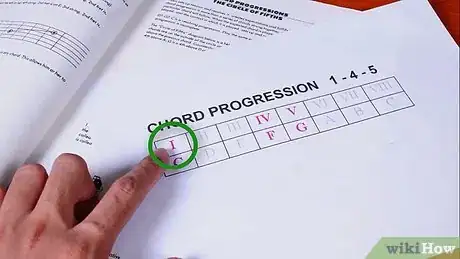
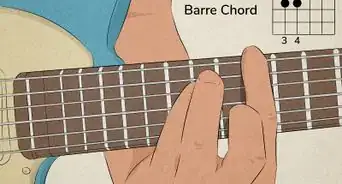
-of-a-Song-Step-9.webp)
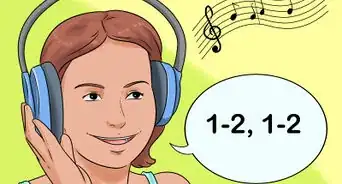
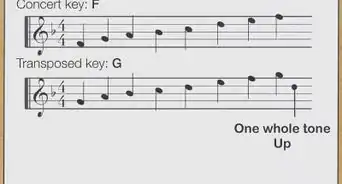




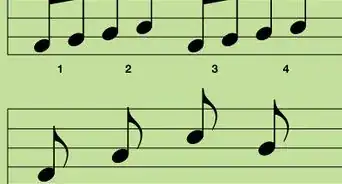

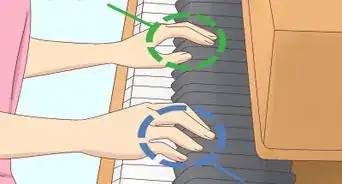

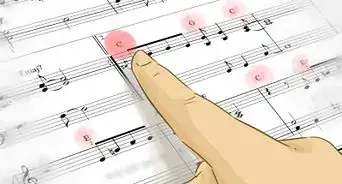
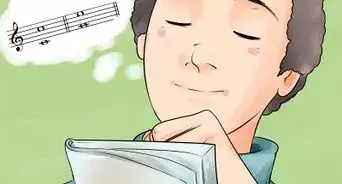










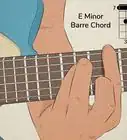
-of-a-Song-Step-9.webp)

